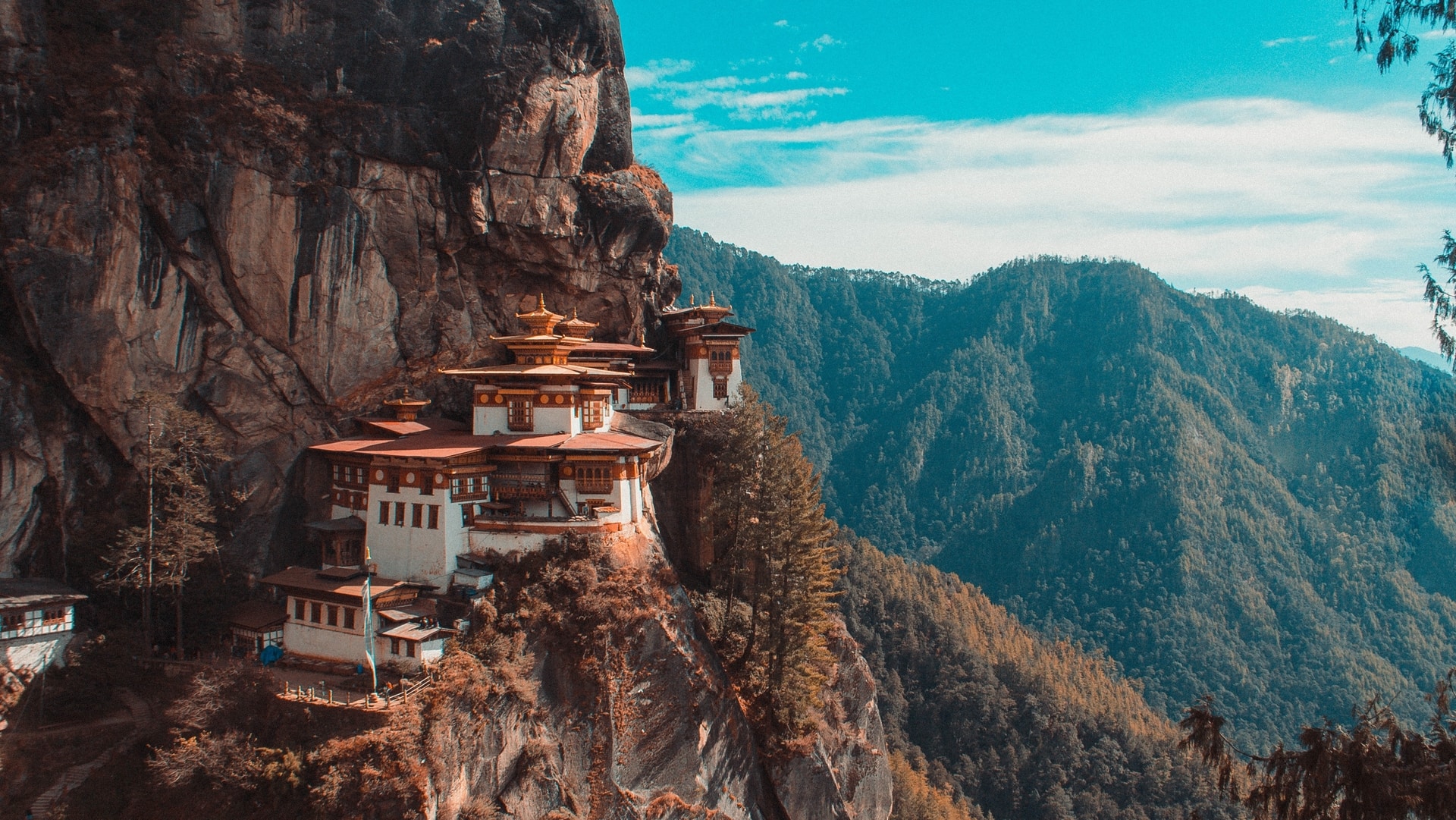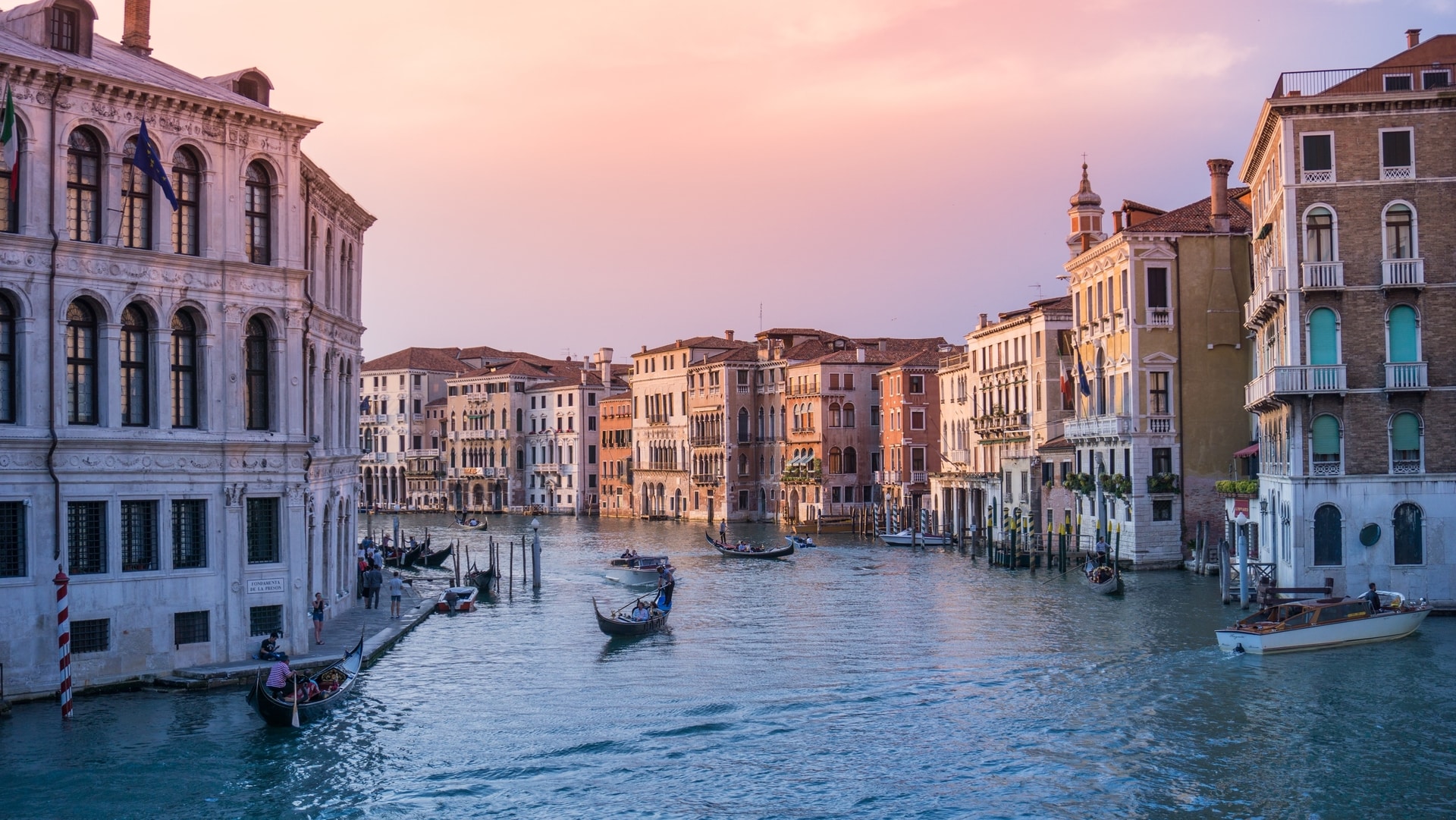
Three years ago, Isla María Madre, located off the coast of Nayarit in Mexico, was a fully functioning prison. Now the gates are open, and the former penal colony is being reimagined as an eco-tourism hub, complete with bird watching and tours run by the Mexican navy.
From 1905 to 2019, Isla María Madre was known as Mexico’s answer to Alcatraz. Look past the infrastructure and you’ll see an idyllic, forest-covered island in the UNESCO world heritage-listed Isla María Archipelago. It’s surrounded by miles and miles of azure waters—which, if you’re an inmate, work even better than razor wire.
It’s only been three years since Isla María Madre saw its last prisoner, but the former penal colony is already being reimagined as an eco-tourism hub.
Instead of abandoning the old prison building, the Mexican government has rebuilt and renovated it, turning some parts into boutique accommodation (to limit ecological impact and avoid building any new hotels). Other parts of the former prison have been renovated into a museum and cultural center, named after the writer José Revueltas, a former inmate. His first novel, Los muros de agua (1941; “Walls of Water”), was based on his experience inside Isla María.
RELATED: What is ‘extractive tourism’? And how can we stop it?
“What was a hell is becoming a paradise,” Mexico’s President López Obrador says. “In three months, this island will open for visitors, who will have a lot to see, do, explore and enjoy. It shouldn’t be an island for the elite. We’re going to seek a balance.”
As an eco-friendly tourism hotspot, Isla María has a lot to offer. There will be scuba diving on nearby coral reefs, hiking, bird-watching and an arts program on the island. Group tours will be managed by the Mexican navy (a lot of the renovation works are actually being carried out by the military). The surrounding waters are also home to whale sharks and nesting sea turtles, which lay their eggs on beaches inside the reserve.
It has to be said, even by isolated island penal colony standards, Isla María was not a nice place. It’s the largest of four islands in the archipelago, and until recently was known more for its brutal conditions and human rights violations, rather than scuba diving and fruity cocktails. Its nickname was the “Tomb of the Pacific.” When it opened in 1905, the prison was mostly used to hold socialists and striking workers under Porfirio Díaz—Mexico’s controversial president who served seven terms between 1876 and 1911—before eventually becoming a penal colony for men and women prisoners.
In some ways, Isla María will mirror the tourism development of former American prison, Alcatraz, which has become a popular visitor site.
When the tourism plans were announced, former inmate Beatriz Maldonado told the Associated Press of the inhuman living conditions inside the prison, including a “dirt-floored warehouse” where 500 women shared five bathrooms. “We lived in a chicken coop,” Maldonado says. “I lost my smile, my happiness.”
Most prisoners on Isla María were put to work harvesting salt and farming shrimp, although a few enterprising inmates managed to make money by brewing their own fermented liquor, illegally trading rare birds, or making belts out of boa constrictors. In the early 2000s, the island was known as the “prison without walls.” Conditions temporarily improved, with some prisoners even living with their families there. Things got much worse after 2006, when President Felipe Calderón declared war on the drug cartels. Suddenly, Isla María held 8,000 people you really didn’t want to share a cell with. “It shouldn’t be an island for the elite. We’re going to seek a balance.”
There are other prisons-turned-tourism-destinations. Koh Tarutao in Thailand was once an island-bound prison. In some ways, Isla María will mirror the tourism development of its former American prison Alcatraz, which has become a popular visitor site. But unlike Alcatraz, travelers will be able to stay inside the prison here, and Isla María makes a great base for exploring the surrounding archipelago. All the elements for a successful dark-tourism-scuba-diving mashup are present, but time will tell what travelers think of the plan.
Isla María will open to travelers in July 2022 (providing Mexico’s hurricane season doesn’t derail the launch plans). You can get there via ferry from Puerto Vallarta, Jalisco, San Blas, Nayarit or Mazatlán.






